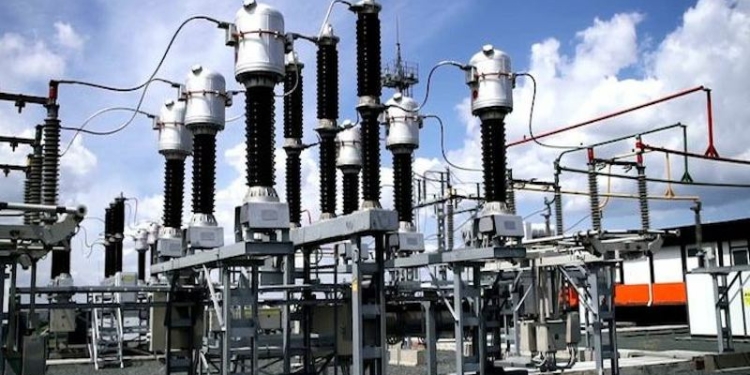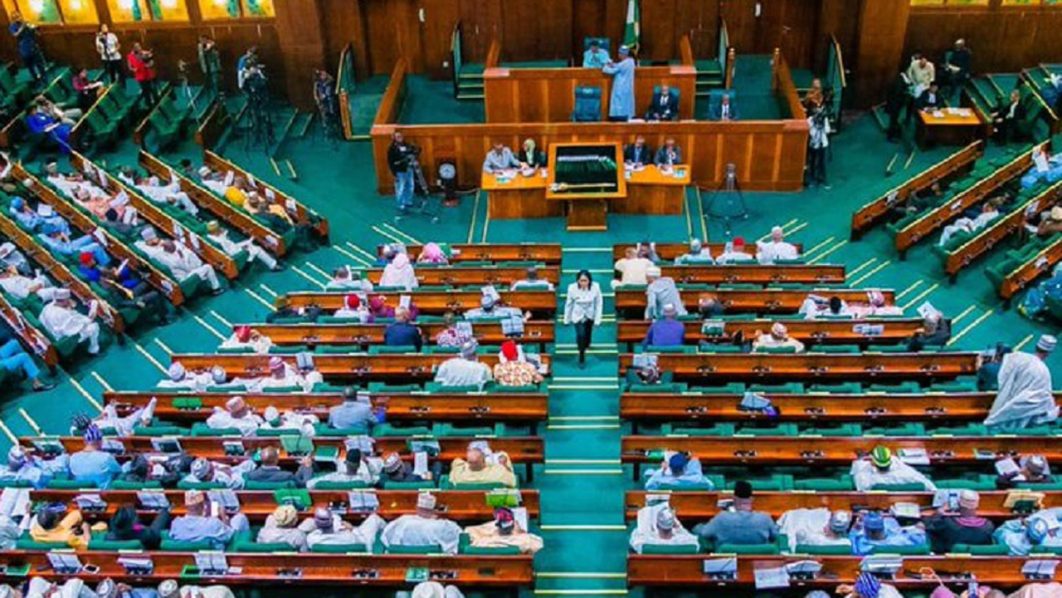-
The Federal Government owes GenCos and DisCos over N4 trillion, hindering optimal electricity service delivery
-
A new subsidy strategy is being developed to target only those who genuinely need assistance
The Minister of Power, Adebayo Adelabu, has revealed that the Federal Government owes electricity generation companies (GenCos) and electricity distribution companies (DisCos) over N4 trillion in electricity subsidies.
Speaking on Thursday in Abuja at the Public Presentation of the National Integrated Electricity Policy (NIEP) and Nigeria Integrated Resource Plan (NIRP), Adelabu stated that the debt has hindered the power sector’s ability to deliver optimal service to consumers.
Providing a breakdown, he noted that GenCos is owed N2 trillion as legacy debt, while an additional N1.9 trillion is owed for the 2024 electricity subsidy. DisCos also owes N450 billion for the 2024 subsidy.
The minister emphasized that the government could no longer sustain the current subsidy payment model. Instead, a new intervention strategy is being developed to target only those who genuinely need it.
“How can the GenCos operate efficiently? How can they pay for gas, maintain their turbines, infrastructure, and staff when they are owed a total of N4 trillion?” he questioned.
Due to rising consumption, Adelabu acknowledged that the government cannot continue funding the increasing electricity subsidy.
He highlighted key issues such as market liquidity and sector reforms, adding that tariff adjustments would be reviewed. However, he clarified that this does not necessarily mean an increase in tariffs but rather an improvement in previous achievements.
He also criticized the lack of investment in DisCos’ distribution networks, pointing out that the expected migration of more customers to Band A has not occurred due to DisCos’ reluctance to invest.
“They have not invested in this sector. While there may be reasons for this, significant investment is essential for accelerating the migration of lower-band customers into Band A. The process has been slow,” he noted.
Additionally, the government is considering reducing the number of electricity consumer classifications to three—Bands A, B, and C. This change aims to minimize tariff disparities and ensure lower-band consumers enjoy more electricity hours.








Discussion about this post